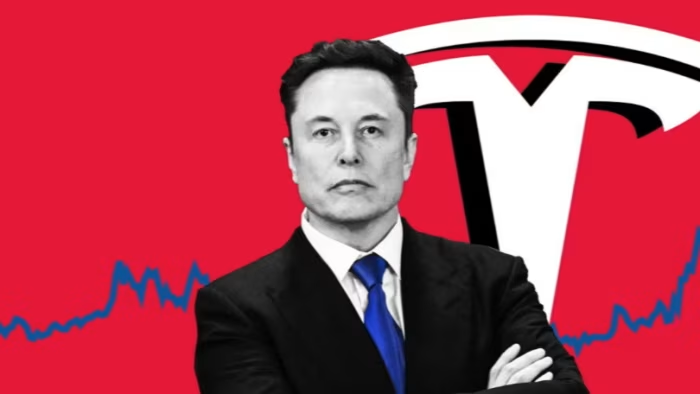This article picked by a teacher with suggested questions is part of the Financial Times free schools access programme. Details/registration here.
Specification:
Some current wealth and income statistics:
-
In 2025, the world’s 3,028 billionaires have a combined wealth of $16.1tn. This is a similar value to the world’s second-largest economy, China
-
The richest 1 per cent of the world’s population accounts for 43 per cent of the value of all global financial assets
-
The bottom 50 per cent of the world’s population owns just 2 per cent of the value of all global financial assets
-
If Elon Musk achieved an asset value of $1tn, it would make his wealth the equivalent of the 20th largest economy in the world (above Belgium, Taiwan and Argentina)
-
The US Gini coefficient has increased from 0.43 in 1990 to 0.49 in 2024
Read the article and then answer the questions:
Elon Musk celebrates $1tn Tesla pay vote victory
-
Outline the difference between Elon Musk’s income and wealth [2]
-
Outline what Elon Musk has to achieve in terms of the value of Tesla to receive his $1tn income payment [2]
-
Using a diagram, explain the Lorenz curve [4]
-
Explain how the Gini coefficient can be used to measure income inequality [4]
-
Outline what an increase in the US’ Gini coefficient from 0.43 in 1990 to 0.49 in 2024 shows [2]
-
Explain two factors that might lead to an increase in income inequality in the US [4]
-
Explain two negative consequences of increasing income inequality in the US [4]
-
Explain two benefits of paying someone like Elon Musk, such as a large income [4]
Alex Smith, Sevenoaks School, InThinking/thinkIB
